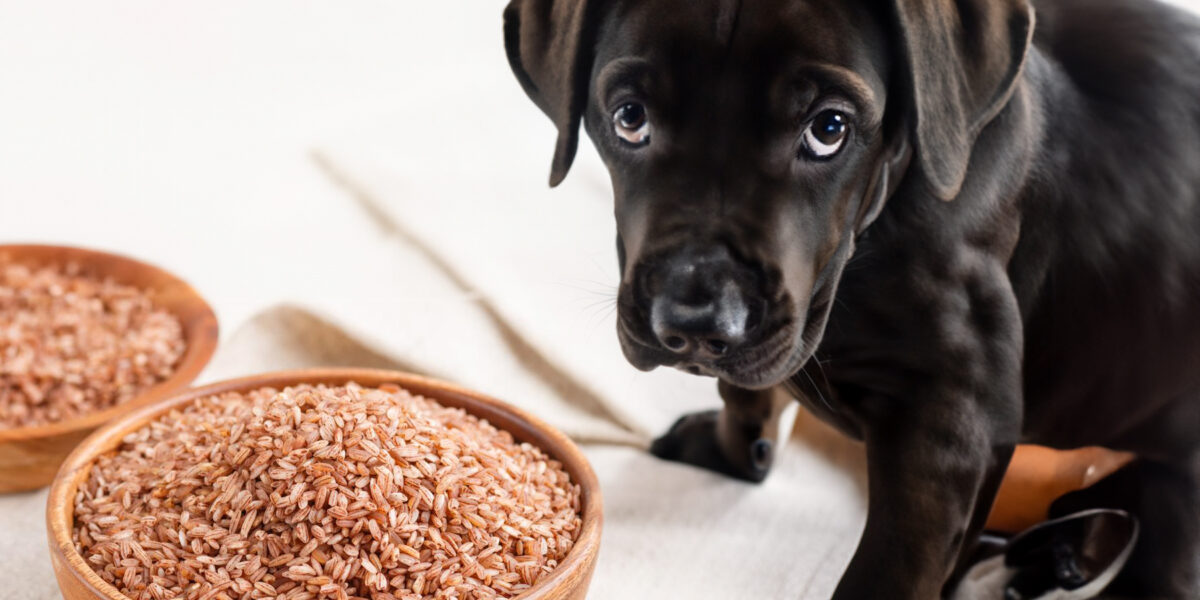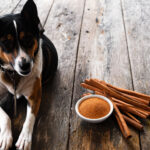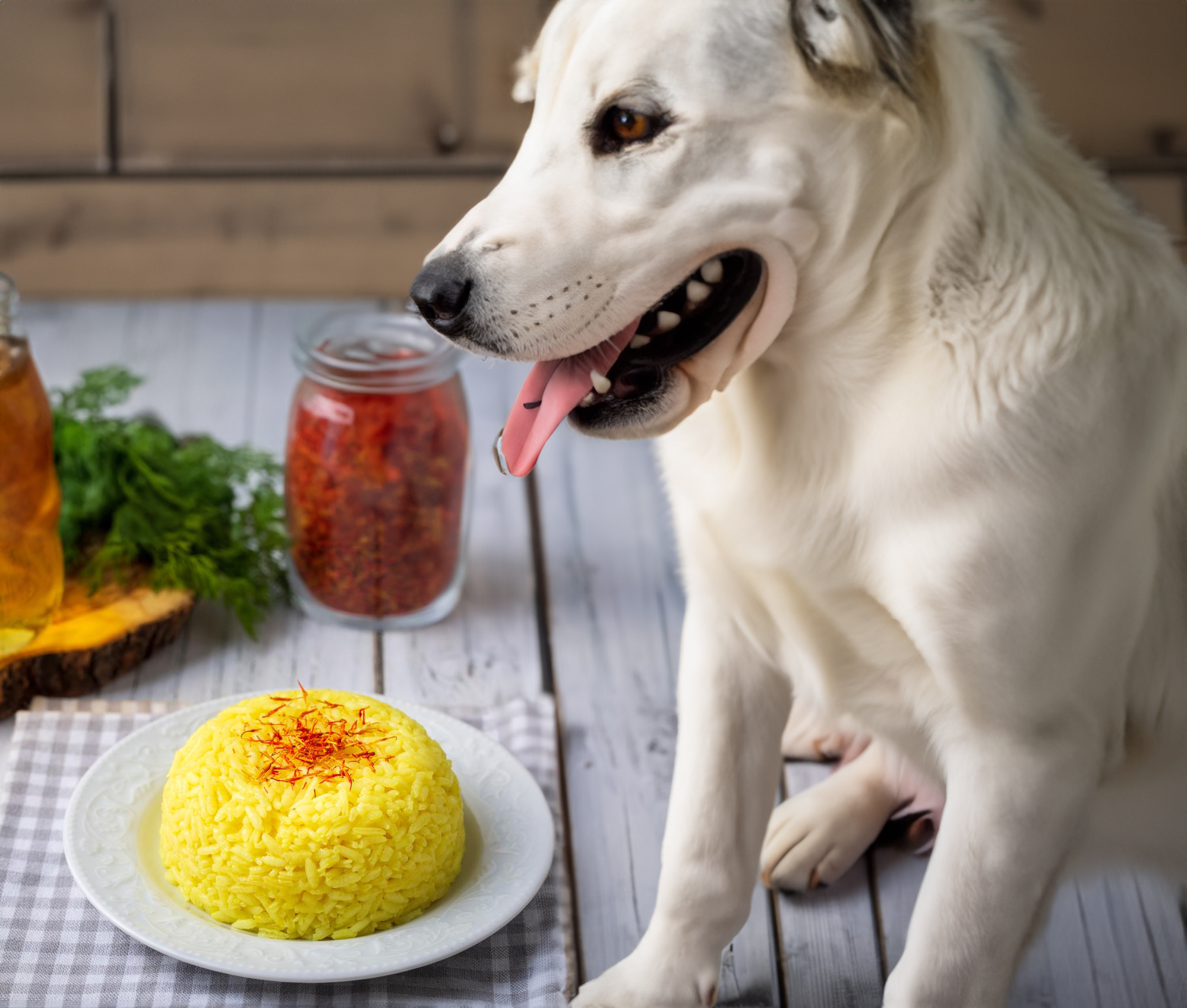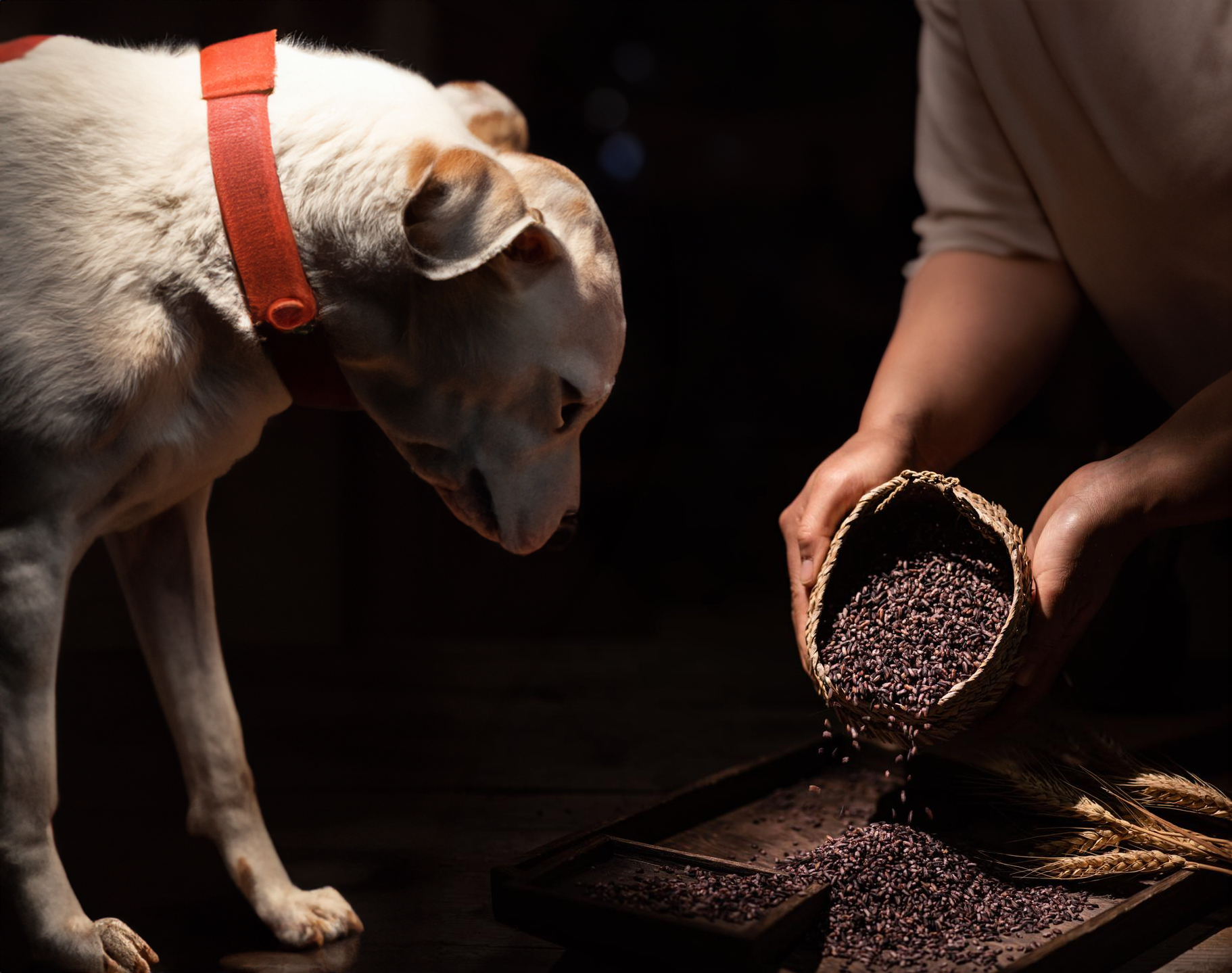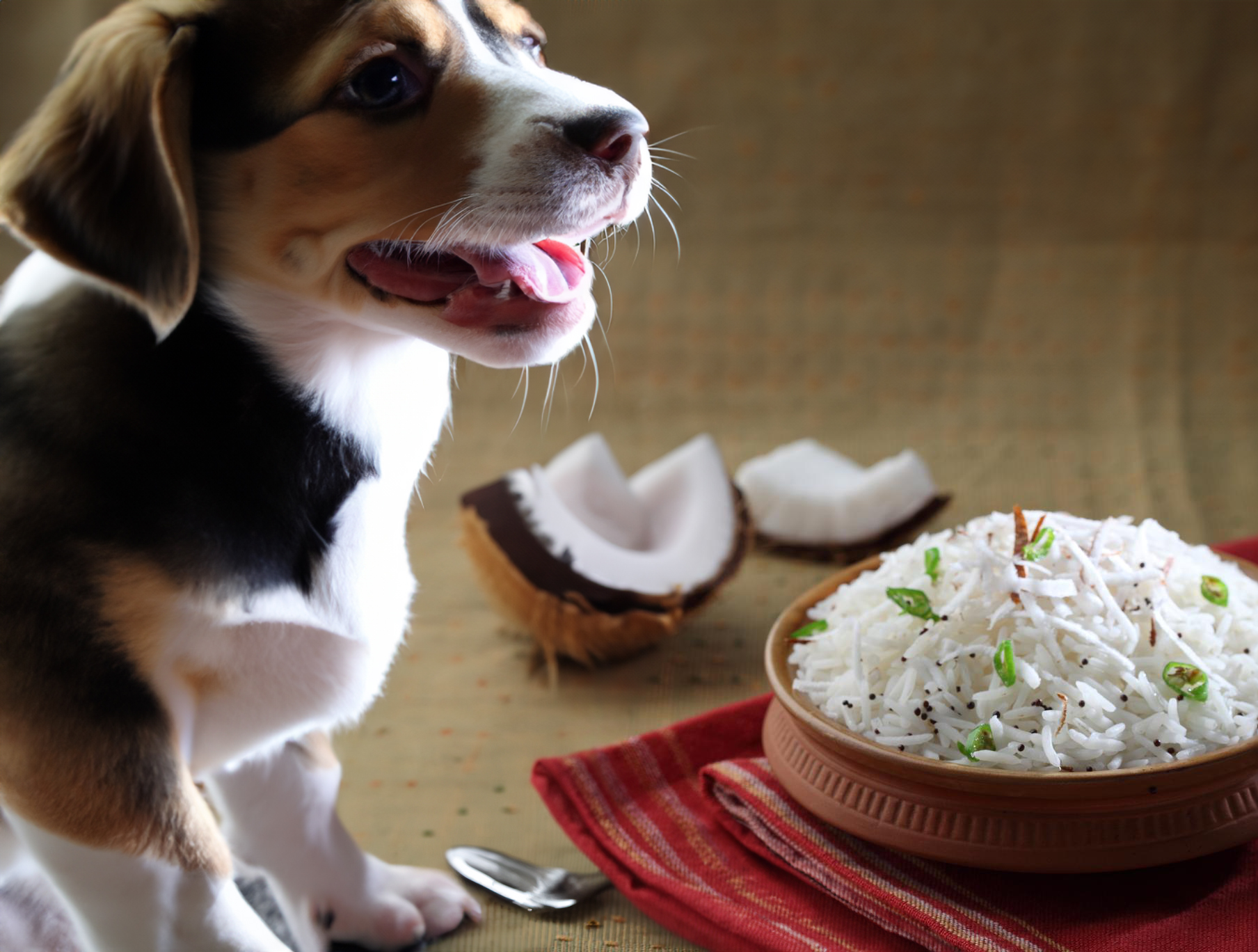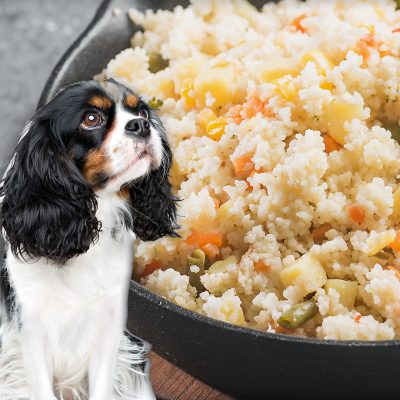Can dogs eat brown rice? It’s a question that many pet owners ask. Brown rice can be a beneficial addition to a pup’s diet and provide numerous health benefits. In this blog post, we’ll explore why brown rice can make a difference in your pup’s diet, and how to introduce it properly into their meals. So if you’re wondering if you should feed your dog brown rice, keep reading to find out!
Why is diet important for dogs?
Diet plays a crucial role in a dog’s overall health and well-being. Just like humans, dogs require a balanced and nutritious diet to thrive. A healthy diet provides dogs with the necessary nutrients, vitamins, and minerals they need to support their growth, energy levels, and immune system. A well-rounded diet can also help prevent various health issues, such as obesity, allergies, and digestive problems. Feeding your dog high-quality, nutrient-rich foods can improve their coat condition, promote healthy teeth and gums, and support strong bones and muscles. Additionally, a proper diet can contribute to a dog’s mental and emotional well-being, as it affects their mood and behavior. Therefore, ensuring your dog receives a nutritious and well-balanced diet is essential for their overall health and happiness.
What is brown rice and its nutritional value?
Brown rice is a whole grain that is derived from the rice plant. Unlike white rice, brown rice retains its bran and germ layers, which makes it a healthier option. It is a rich source of dietary fiber, which aids in digestion and promotes bowel regularity in dogs. Brown rice is also packed with essential vitamins and minerals such as manganese, selenium, and magnesium, which support various bodily functions. Additionally, it is a good source of complex carbohydrates, providing a slow and steady release of energy for your pup throughout the day. The nutritional value of brown rice makes it a nutritious addition to your dog’s diet and can contribute to their overall health and well-being.
Can dogs digest brown rice?
Dogs have the ability to digest brown rice, but it may vary from dog to dog. Brown rice contains fiber, which can aid in digestion and promote bowel regularity in dogs. However, some dogs may have difficulty digesting brown rice due to their individual digestive systems. It is important to introduce brown rice gradually into your dog’s diet to allow their digestive system to adjust. Start by incorporating small amounts of cooked and cooled brown rice into their regular meals and monitor their response. If your dog shows signs of gastrointestinal upset, such as vomiting or diarrhea, it may be a sign that they have difficulty digesting brown rice. In such cases, it is best to consult with your veterinarian for guidance on whether or not brown rice is suitable for your dog.
The benefits of feeding your dog brown rice
Feeding your dog brown rice can provide a variety of health benefits. Firstly, brown rice is a great source of fiber, which aids in digestion and promotes bowel regularity in dogs. This can be especially beneficial for dogs with sensitive stomachs or digestive issues. Additionally, the fiber content in brown rice can help regulate blood sugar levels and contribute to weight management in overweight or obese dogs.
Furthermore, brown rice is a complex carbohydrate, which means it provides a slow and steady release of energy for your pup throughout the day. This can help keep them energized and satisfied between meals, reducing the likelihood of overeating or begging for food.
Moreover, brown rice is rich in essential vitamins and minerals, such as manganese, selenium, and magnesium. These nutrients support various bodily functions, including a healthy immune system, strong bones, and a shiny coat.
Overall, adding brown rice to your dog’s diet can provide them with important nutrients, support their digestion, and contribute to their overall health and well-being.
How to introduce brown rice into your dog’s diet
When introducing brown rice into your dog’s diet, it’s important to do so gradually to prevent any digestive upset. Start by cooking a small amount of brown rice and allowing it to cool completely. Once cooled, mix a small portion of the brown rice into your dog’s regular food. Monitor their response for any signs of gastrointestinal upset, such as vomiting or diarrhea.
If your dog tolerates the brown rice well, you can gradually increase the amount over time, while still monitoring their reaction. It’s essential to remember that every dog is different, and some may have more sensitive digestive systems than others. If you have any concerns or questions, it’s always best to consult with your veterinarian for guidance specific to your dog’s needs.
Other food options for dogs
In addition to brown rice, there are several other food options that can be beneficial for dogs. It’s important to remember that every dog is different, so it’s crucial to consider your individual dog’s dietary needs and any specific health conditions they may have. Some dogs may have allergies or sensitivities to certain foods, so it’s important to introduce new foods gradually and monitor their response.
Some other healthy food options for dogs include lean meats, such as chicken or turkey, which provide essential proteins. Fish, like salmon, can also be a great source of omega-3 fatty acids, which are beneficial for a dog’s coat and skin health. Vegetables like carrots, peas, and green beans are high in vitamins and minerals and can be a great addition to your dog’s diet. Fruits such as blueberries and apples can also provide antioxidants and other important nutrients. It’s always best to consult with your veterinarian to determine the best food options for your individual dog’s needs.
Potential risks and considerations when feeding brown rice to dogs
While brown rice can be a nutritious addition to a dog’s diet, there are some potential risks and considerations to keep in mind. One concern is the presence of arsenic in rice, which can be harmful to both humans and animals. It is important to choose brown rice that has been tested for arsenic levels and opt for organic or low-arsenic varieties.
Additionally, dogs with certain health conditions, such as diabetes or kidney disease, may need to limit their intake of carbohydrates, including brown rice. It is crucial to consult with your veterinarian before introducing brown rice or any new food into your dog’s diet to ensure it is safe and appropriate for their specific needs.




